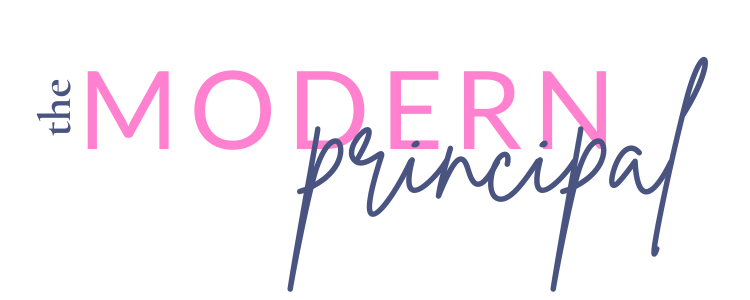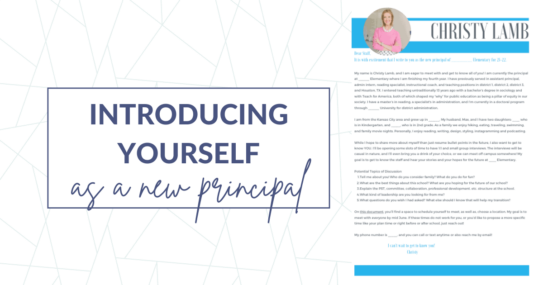Finding the Positive in Negative Feedback

Picture this: You’ve been wanting to change the way you do a family event at your school for a while. You finally get organized early enough to pull together this new and improved classroom community event and you are feeling sky high about it. Not to toot your own horn, but this event deserves a beep beep! But before you could pat yourself on the back with your freshly manicured nails, a colleague (or parent, or administrator, or ….insert anyone here) brings you down to Earth rapidly with about 10 ways you could have improved on this idea for next time. Say what now? You didn’t ask for that input, thank you very little, AND you worked so very hard to try something innovative and fresh. Don’t you deserve a little
credit Instead of the insult?
So…ever been in this situation? It could be a new teaching strategy you tried in the classroom, a cool new tool you are excited to use with your students, a staff or a professional learning session that you lead for others and the list goes on. Bottom line is you took a risk and tried something that you thought would have a positive impact on your students and school community and yet not everyone in the room is 100% pleased.
Everyone who has ever taken a professional risk has likely been in this boat. Usually we are quick to categorize any feedback that isn’t singing our praises as negative. When we do that it becomes very tempting to either
1) Brush the negative comments off assuming the other person doesn’t know what they are talking about …
OR
2) Jump instantly into defense mode, adamantly defending your decisions to that person so they know instantly they are in the wrong.
It’s easy to ‘flip our lid’ and go straight to the amygdala being in charge (to speak brain based truth) instead of our trusty frontal lobe which allows us to be reflective.
Fear not…the Modern Principal is no rookie at getting all kinds of feedback, including plenty o‘ negative. Silver lining of all that feedback, we’ve been able to develop the following guiding principles we use when we receive opinions that challenge our thinking.

The 3 More Helpful “F Words” to Think When You Get Negative Feedback
F: Frame
Frame the information you are receiving within the context it is given and the person who is giving it. Does this person know the whole picture? Is there information missing from this person’s perspective that might alter the feedback given? Does this person have a relationship of trust built with me? Do I have trust with this person? Was it shared at the wrong time or setting and that’s why I’m feeling angry (as opposed to the message)?
Thinking through those questions can help you decide how much weight and reflection you should put into the feedback. Never dismiss the feedback, but do frame it into the relational context and inferred intention behind the feedback giver. Even if your gut instinct is to wholeheartedly disagree with the information you’ve been given, when the person has a professional respectful relationship with you, it’s important to spend some serious time in reflection.
F: Filter
I use filter A LOT when I receive feedback. Visualize a noodle strainer. After you’ve ‘framed’ the feedback in step one and determined the information comes from someone you value, you’re ready to filter. Filtering basically means that just because someone has a valid opinion doesn’t mean it has to become your instant opinion or practice. You are smart and a leader in this profession. You are well read and know a thing or thousand about education and the motivation behind your practices. Pour that person’s thinking and feedback through the strainer of what you think and believe to be true as well. Filter through the gravity of this change–is it something you feel passionately about or is this something you can wave on without compensating your values. What’s left after you do that iis the feedback you truly need to reflect upon. I’ll be honest, too. Sometimes the hard thing about negative feedback is that there can often be a grain of truth.
F: Fix
Okay, you’ve put the feedback into the frame of who gave it and their intentions, you filtered it through with your own opinions and thinking and found there to be some validity in the feedback..so now what? Well now, my friend, it’s time to make some changes. Start by saying thanks for giving you that feedback and let them know how seriously you took it. Perhaps you even ask them to give suggestions on how to adjust based on that feedback. Or you share this with a colleague and ask them to help you think through how to make any changes based on your reflection. You might even consider sharing this process of how you worked through the feedback–it’s a pretty powerful example of you leading through example. Remember, though, you should only change what you believe needs to be changed after this process, not what someone else thinks needs to be changed.
It’s taken us a few years to develop a framework to receive feedback. It has truly helped us put down the mirror and check the information we receive with the information we believe. Hopefully, some part of this will help you, too. Let us know what you think, EduQueens! What helps you not jump off the deep end when you are given feedback that isn’t instant flattery? We’d love to hear!





